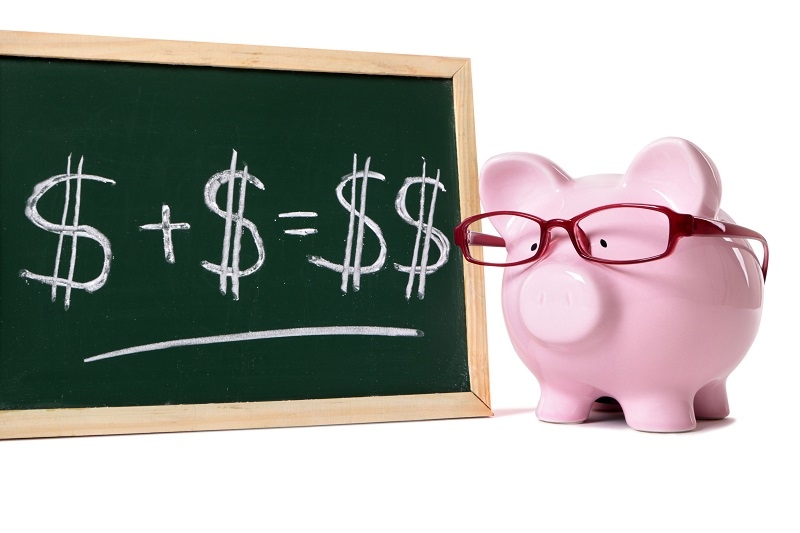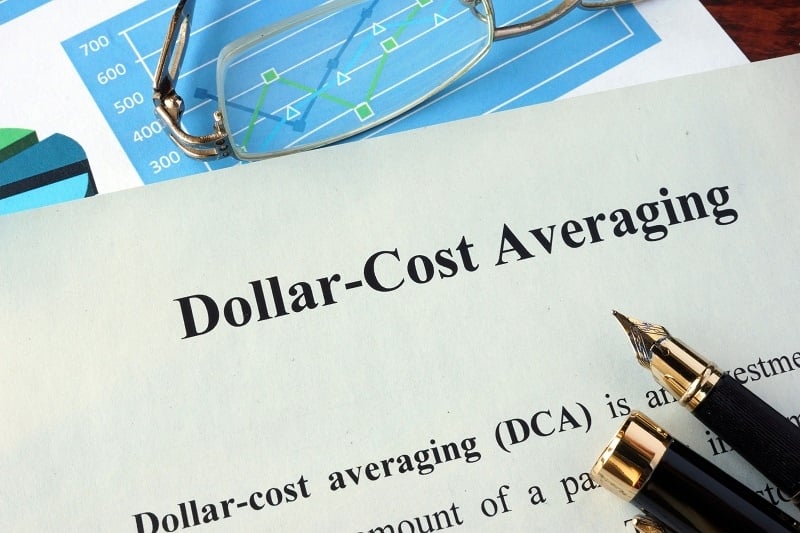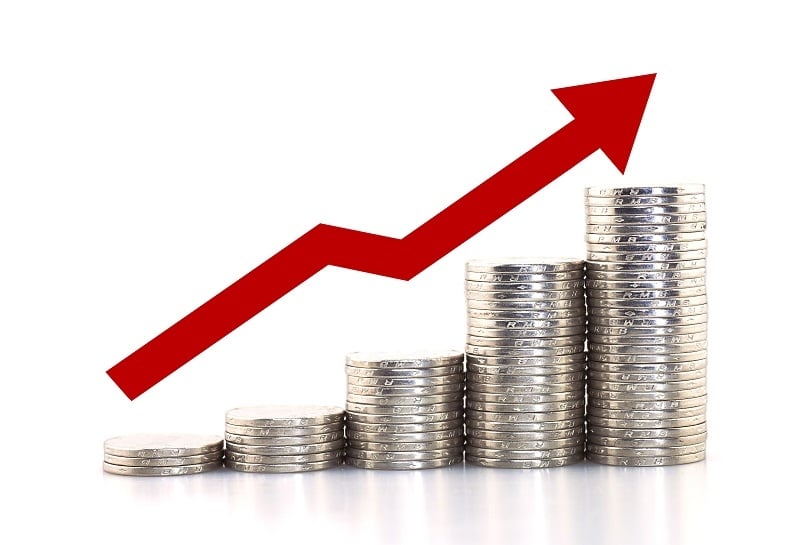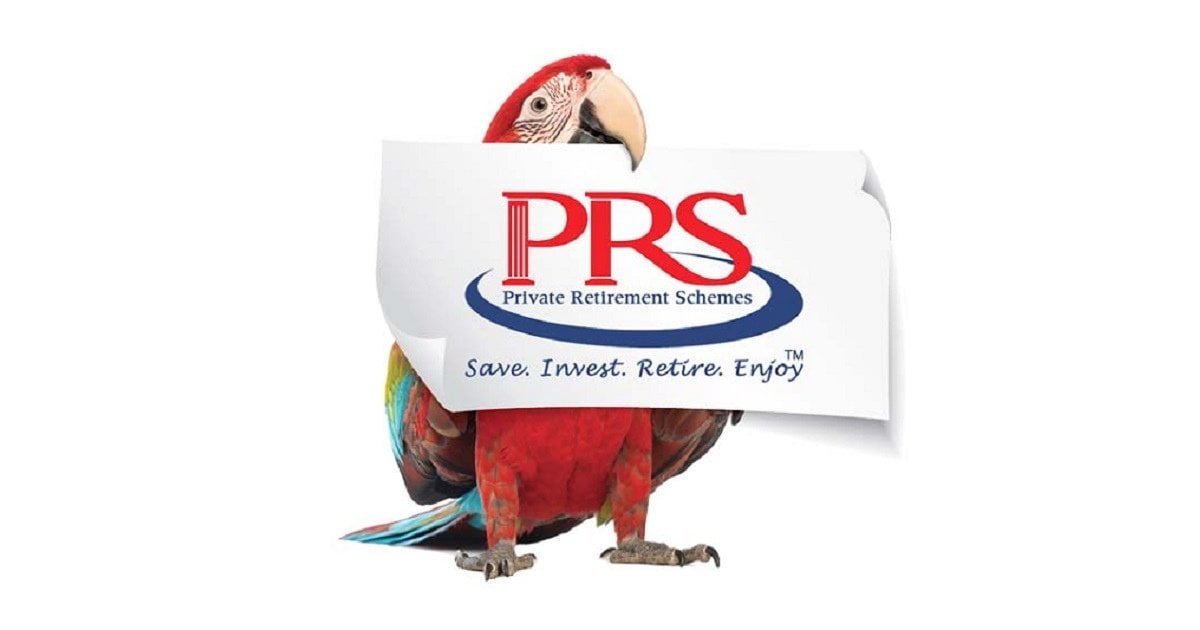ringgitplus
14th February 2019 - 6 min read

With all the “get rich quick” advice out there, there still somehow are plenty of people who just haven’t gotten rich quickly yet. That’s because the advice often comes down to banking on luck, or you know, they’re usually just financial scams. Sure, the concept of “buy low, sell high” is painfully obvious, but many investment veterans would also agree that effectively timing the market is nearly impossible. Remember Bitcoin? That didn’t work well for most people either…
Luck aside, no investing strategy can reliably earn high returns in a short period of time. So, what’s the best way to build long-term wealth sustainably? The answer doesn’t involve cryptos or timing the market or going to the casino. The answer is boring, but is also effective and reliable: a monthly investment plan.
A long-term monthly investment plan imposes discipline on your daily spending, keeps you accountable to save towards your financial goals, and minimises your risk exposure.
First, do you have a monthly savings plan?

A monthly savings plan is a long-term wealth-building exercise that works. It encourages you to consciously keep an eye on your spending, and eventually be able to effectively grow the monthly amount to save. That said, starting a monthly savings strategy might feel like a hassle at first, especially if it forces you to make some adjustments to your day-to-day lifestyle.
Before you can create a monthly savings plan that you can actually stick to, you’ll need to know how much you’re spending – and on what – each month. Here’s where you will realise that even the smallest expenditures add up. Skipping that café-bought latte each day can easily reduce your monthly spend by a few hundred Ringgit! There are plenty of other places you cut back once you take a look at how you’re spending your money. Do you really need that new pair of sneakers? RM650, saved! How about that weekly karaoke session with friends? That’s an easy RM300 or so a month, saved!
How to make the most out of your monthly savings plan

A solid monthly savings plan instills discipline to save more, but you benefit even more when you get the money to work for you. Remember, most basic savings account only give a paltry 0.2% of interest, while even the best fixed deposits offer around 4-4.5% interest per year.
Just saving an RM300 each month by not buying that cup of coffee each day, and then investing it in a theoretical portfolio that returns 6% p.a. nett for 25 years, you will save an impressive RM206,300.80 at the end of that period. Compare this with the following amounts:
– RM90,000 if you kept your savings under your pillow (zero interest earned).
– RM92,263.51 if you deposit all your savings into a basic savings account that yields 0.2% p.a. interest.
– RM136,170 if you saved RM300 into an automatically-renewing monthly fixed deposit with a 3.15%% p.a. interest rate.

With a moderate return of around 6%, even RM300 savings a month can yield over RM200,000 in 25 years (RM206,300.80, to be exact). We’ve done the math if you saved more every month:
– RM343,834.70 if you save RM500 each month (vs RM150,000 without interest).
– RM687,669.30 if you save RM1,000 each month (vs RM300,000 without interest).
– RM1,375,339 if you save RM2,000 each month (RM600,000 without interest).
But of course, investing comes with its own set of risks. Sticking to a monthly investment plan minimises these risks, andalso allows you to take advantage of a risk management investing strategy called dollar-cost averaging.
What is dollar-cost averaging?

Dollar-cost averaging involves investing a fixed amount of money every week or month. By investing consistently and periodically, sometimes you’ll buy low, and sometimes you’ll buy high, diversifying the risk of buying “at the wrong time”. As Nobel Prize laureate Harry Markowitz said, “the only free lunch in investing is diversification”.
The problem with investing larger chunks sporadically, even if it’s from saving up a portion of your monthly income to invest a larger amount later on, is that you become over-exposed to the market conditions at that given time. This means that you may enter the market when the prices are too high. And if you think it’s ideal to wait for “a great time to invest”, pause and remind yourself that even professional fund managers don’t always get to “buy low, sell high”.
A monthly investing plan will keep you disciplined enough to invest and take advantage of dollar-cost averaging every single month. Setting up a monthly standing instruction to an investment account can make it easy for you not to forget to invest.
Take control of your financial future

If you haven’t already, start investing monthly deposits towards one of your goals. Don’t know how much you should save each month to reach your financial goals? StashAway, a robo-advisor that entered Malaysia in 2018 from Singapore, has a goal calculator that can determine how much you need to save each month to reach your financial goals based on your personal financial situation and preferences. Don’t have a financial goal in mind? Investing monthly can still enable you to grow the value of your savings so that when there comes a time you are ready to make a big purchase, you’re ready.
StashAway offers personalised investment portfolios with no minimum balance and flexible deposit schedules so that you can maximise your monthly savings and reach your financial goals sooner. The system emphasises the importance of monthly savings so that you can take advantage of dollar-cost averaging because risk management is the focus of its investment strategy. On top of calculating how much you need to save each month, the ultra-convenient service even allows you to set up recurring direct debits from your personal bank account so you can stay on track to reach your financial goals without ever having to set another reminder.
Whatever you’re saving up for, make sure you set aside a portion of your monthly savings into investments, and don’t even ask yourself whether the markets are “up or down”. Instead of trying to time the market, focus on maximising the time your money spends invested by investing a portion of your salary each month.








Comments (0)